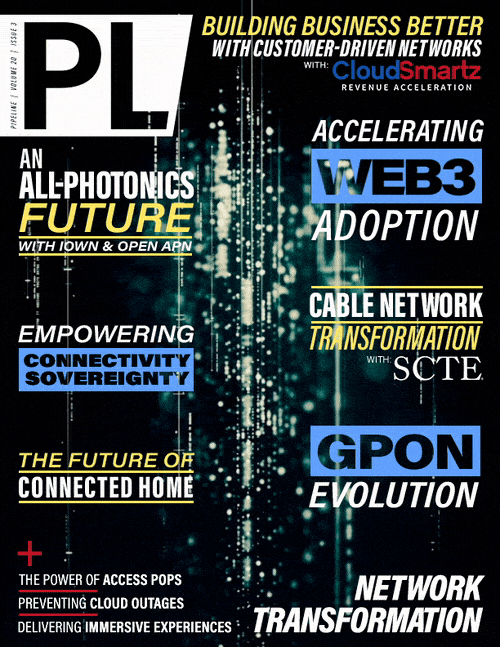Are Telcos the Key to Accelerate
Mass Web3 Adoption?
Before providing Web3 functionality, operators must get the telco part right. They need to offer compelling mobile subscriptions through a fully digital interface, they must provide an excellent
user experience, as well as deliver fast and painless regulated onboarding. That means users can get started anytime, anywhere, 24/7, in less than five minutes after they download the app and
without requiring a physical visit to a retail outlet or store.
After customers are successfully onboarded, the next step is for telcos to provide them with the tools they need to use Web3 services. There are three key aspects related to Self-Sovereign Identity (SIS) that Telco operators need to support to be able to act as the gateway to the world of Web3.
Decentralized Digital Identity (DID) is a system that enables individuals to create and manage their own digital identities on the blockchain without the need for centralized
authorities. Because it is decentralized and managed by the users themselves, DIDs provide a greater level of control and security over personal data than traditional identity systems. Users can
choose which information to share, and they can choose to revoke access to their data at any time.
Verified Credentials (VC) represent information available from physical identity documents that have been verified as authentic by a trusted entity and digitally signed, making them tamper-resistant. When users share the public key associated with their DID and digitally sign it, they can then share their verified credentials without compromising privacy. For example, if end users need to prove that they are over 18 years old, they can identify themselves and then share their verified credentials, not their actual birthdates. VCs allow selective disclosure; you can share specific aspects of your identity, but only as needed. This ensures that users only reveal information that is pertinent to a particular transaction or interaction, minimizing unnecessary exposure of sensitive details.
Digital (or Non-custodial) Wallets are applications used to securely store keys for blockchain transactions. They empower users to securely store, manage, and transfer digital assets such as their digital IDs, their verified credentials, cryptocurrencies, and tokens. The digital wallet also enables digital payments, loyalty programs, and various other finance and identity-related services.
As a trusted entity, a telco operator – at least one with a clear and well-implemented digital strategy – would be able to issue a digital wallet, digital identity, and verified credentials to every customer that passes their regulated KYC procedures.
Consumer education will also be critical in helping to move from having the ability to access Web3 services to using Web3 as part of their digital lives. Although the scope of Web3 is still constantly evolving, there are many immediate benefits and opportunities.
For example, customers will quickly see improvement in their security and privacy as they regain complete control over how their personal information is kept and used in websites, services, and applications across the web. Tokenized loyalty programs for customers can reward engagement and spending with redeemable tokens for media, financial services, merchant discounts, and more.
Then as Web3 continues to evolve and adoption increases, additional monetization opportunities, consumer services, and benefits will become standard with Web3 marketplaces, communities, loyalty reward programs, gaming, user-generated content ownership, and more.
The possibilities are limitless, but it starts with telco operators taking the lead to make entry to Web3 as simple to get started as using Netflix or WhatsApp. Telcos can leverage their trusted position as connectivity providers to combat revenue declines and drive the reinvention of the telecom business model to become the gateway to Web3 opportunities. And if telcos don’t fill the role of trusted entities and facilitators of the Web3 world, other regulated industries like governments and banks will.



















